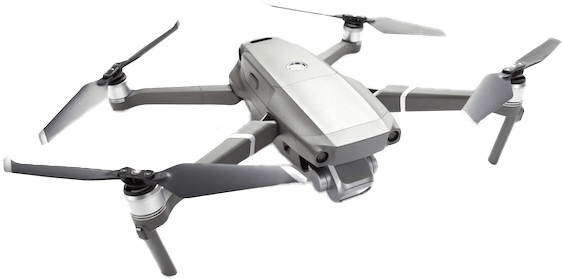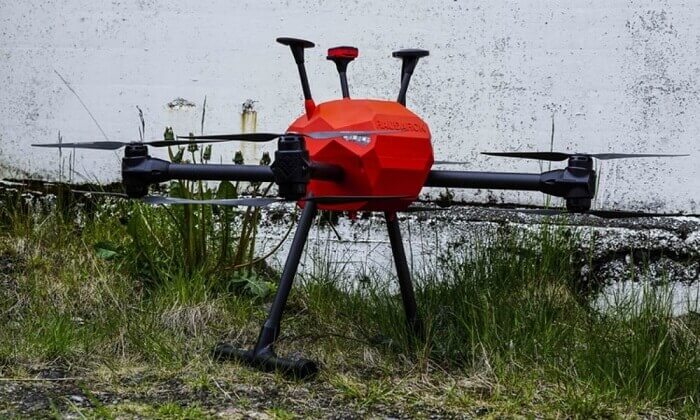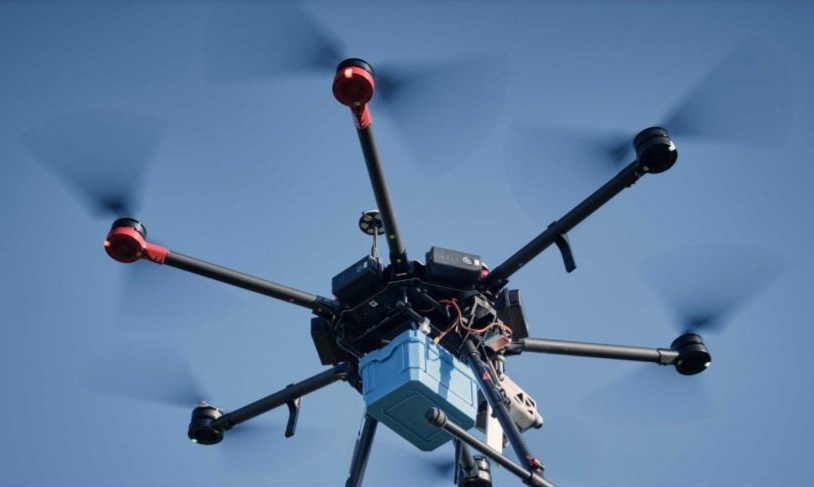What are the different drone parts?
The drone manufacturing process has several challenges. One of them is the different parts you will need to build.
The frame is the base of the drone, you can buy a frame from a retailer, but you can also use 3D printing to build it and create a measure-made drone frame. This frame is important and building it will also set the number of arms and motors your drone will have. Drones with four motors, also known as quadcopters, are by far the most popular drones.
The frame size is determined by the farthest distance that two motors are from each other.
If you are building a traditional quadcopter you will need four motors, if you are building an octocopter, your drone will require eight motors. While choosing motors for your drone, you will have the choice between brushed and brushless. Brushless motors are more expensive but will use less battery and will last longer.
We recommend using plastic propellers. How many blades should there be on one propeller? You can choose, its usually between 2 and 4 blades. The more blades you decide to get, the faster the drone will go thanks to its props. For example, racing FPV drones usually have 3 blades per propeller, with prop sizes between 5 inches and 3 inches.
The most used batteries for drones are Li-Po batteries. When purchasing the batteries for your drone, you will need to consider the capacity of a battery and its type. You can also add a battery monitor to inform you of the status of the lipo battery, this way you know how to prevent your drone from dying in inopportune places.
In order for your drone to fly, a flight controller will be necessary. The flight controller is the brain of your drone, it will use the data from the sensors and it will also calculate how fast the motors should spin to control the movement of your drone. The choice of flight controller will be influenced by the software that you will use.
This part can especially be useful if you are willing to take pictures or videos with your drone, it will reduce the vibrations during the flights.
A gimbal is a support system for your camera, it will help you get professional videos by keeping your camera at the same angle, regardless of motion, and lessens vibrations.
To take aerial photographs and record videos while flying your drone, you will need a good camera. The best cameras to put on a drone are those that can take quality 4K videos.
If you have a high-quality camera, don’t also forget to use a gimbal to make the most of your footage.
This will be essential to save pictures and videos.
It is also possible to create protections for some parts of your drones. For example, for the propellers or for any parts that might be fragile, systems can be added around them to protect them.
Electronic components can be placed inside enclosures, which will be much more convenient and help to protect electronic devices.
Designing a drone for Additive Manufacturing: What CAD software could you use?
You will need engineering software to build, an advanced program will be necessary to develop such a project, especially if you are willing to make an advanced drone, with advanced features, intricate geometries, or integrated designs.
Here are some CAD software we could recommend to work on drone manufacturing:
Also, using generative design might be a necessity to achieve optimized drone parts. If you are a beginner with 3D modeling, then here is a recommendation for you: get help and advice from professionals. At Sculpteo, our team of experts for the design studio will be here to support you in your project and help you with the design of your first drone by answering all your questions.
Design benefits of using additive manufacturing
When it comes to drones, weight is crucial. The flying devices have to be quite light in order to actually fly, the motors have to be powerful enough. Most of the time, the goal of drone manufacturers is to make lighter drones. Lighter drone are easier to make using 3D printing by using innovative structures. By using lattice structures, you can significantly reduce the weight of your drone.
- Integrated features/Assembly
Additive manufacturing is also helping to build drones with integrated features, meaning you don’t have to print all the parts separately. It might be possible to print some projects all in one part, which is impossible with traditional manufacturing techniques.
Thanks to additive manufacturing, it is possible to create drones perfectly adapted to your projects. The design can be optimized and customized to fit all your needs. Each drone you create can actually be adapted to its future application.



 Connect with Google
Connect with Google Connect with Facebook
Connect with Facebook


